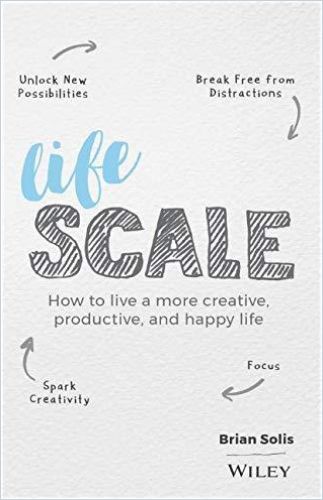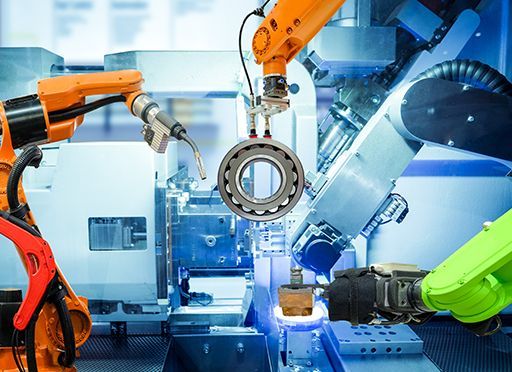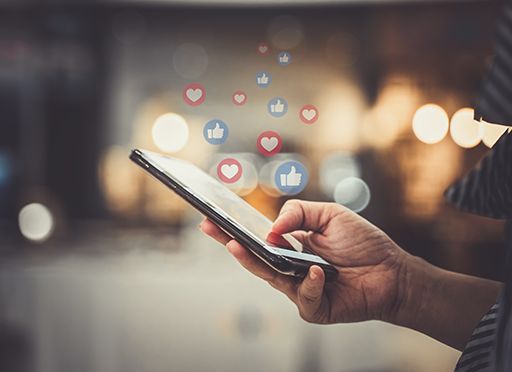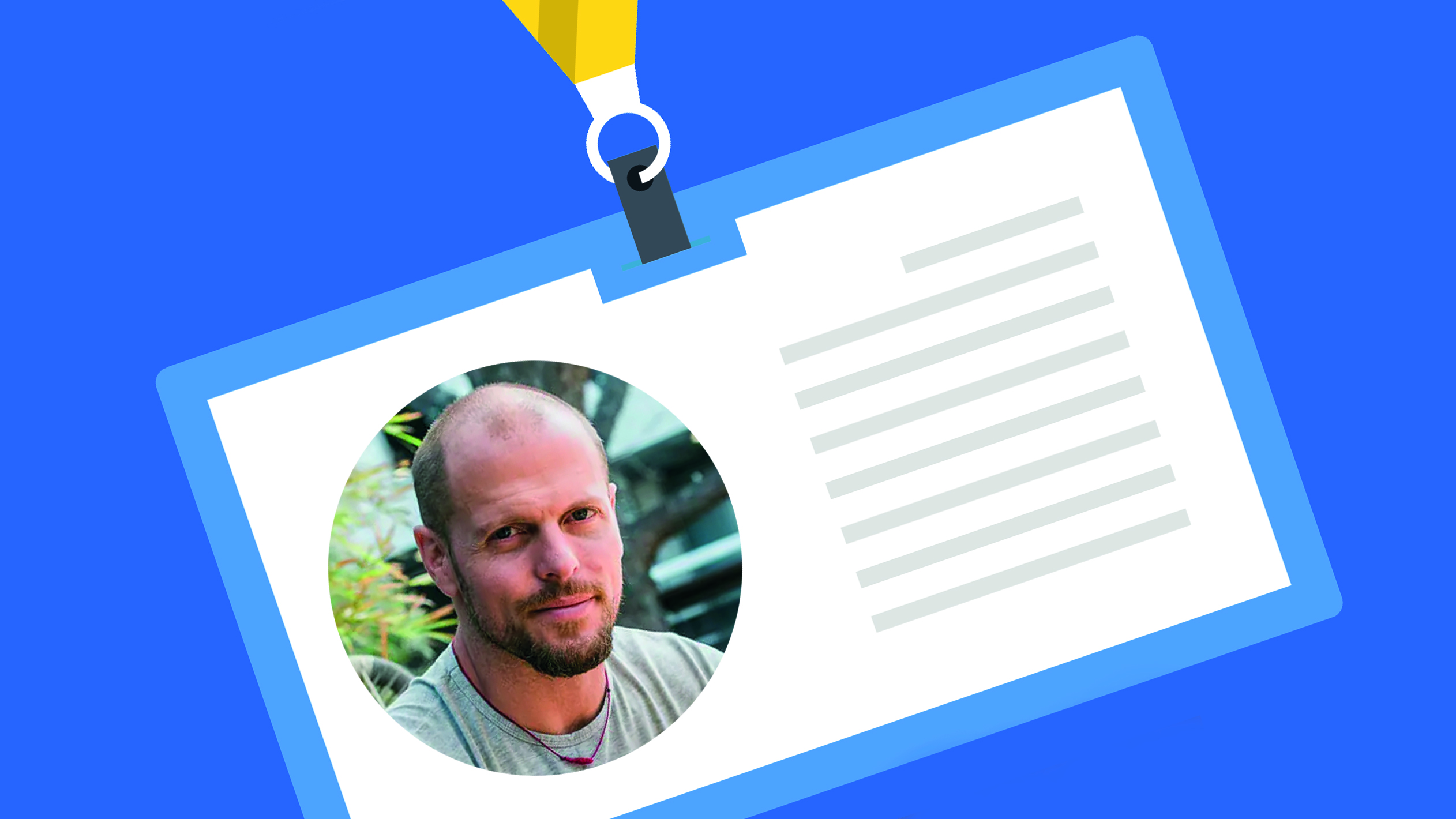“It’s Up to the Users to Advocate for Change”

getAbstract: You have long warned about the potentially detrimental effects of social media and the attention economy on people’s mental well-being. What are some of them?
Brian Solis: In Lifescale, I discuss many of the destructive aspects of unmitigated tech use. Over the past decade, people have spent ever increasing amounts of time on social media, scrolling through Buzzfeed, playing Minecraft or Solitaire for hours, and other activities that stifle human connection. Largely due to tech, people were becoming physically and socially isolated before COVID. To use the most popular term of 2020, we were “social distancing” without realizing it.
The coronavirus pandemic and lockdown measures have made us all even more dependent on online tools to replace face-to-face human interactions. In a recent blog post, you describe how people have been using some of these technologies in very constructive and life-affirming ways. Live social media video, you write, has been able to “bring people together for the best reasons, to share, live, learn, and cope.” Do you think the COVID-19 experience is changing people’s relationship to and use of these technologies long-term? If so, in what way?
I do. And I think it’s happening in many positive ways. Yes, people are spending more time on the internet, on-demand video, and social media (no surprise), but out of necessity they’re also using technology to connect with other people, more so than before, I think.
Ironically, COVID-19 is helping some of us do a better job of using the tools at hand to ‘connect’ socially and emotionally, rather than distance.
Brian Solis
Now that physical distancing has become a necessity, I see many people saying, “Hey, wait a minute! I need social interaction. I need to be with other people. I need to hear their voices and see their faces.” The result is that they’re finding innovative ways to come together through Twitter, Facebook, Instagram, YouTube and even LinkedIn. They’re using this technology the way it was intended, to bring us together – to engage and feel alive through connection. Also, I actually prefer the term “physical distancing,” rather than “social distancing.” Ironically, COVID-19 is helping some of us do a better job of using the tools at hand to “connect” socially and emotionally, rather than distance.
It’s virtually impossible to be fully engaged in the world without a smartphone and a social media account. How do you straddle the fine line between taking advantage of technology’s positive aspects and its destructive influence on our mental health, productivity and well-being?
Ha. I could write a book… Lifescale follows my own journey to overcome digital distraction, redefine my values, learn how to focus deeply and tap into creativity again and then it shares how we can all begin following the same path. There’s a lot more work to do. As with most addictions, the first step is to realize you have a problem and resolve to address it. It’s helpful to track your specific behaviors for a few days or longer. For example, how frequently do we check email, pick up our phones, scroll our news and entertainment feeds, etc.?

Once you have a better idea of how technology is sapping productivity, how do you go about reining in its destructive effects?
Using hacks like The Pomodoro Technique can be a good starting point. The tool can help us focus in sprints as we put digital distractions aside for increasingly longer periods of time, usually beginning at 25 minutes. However, hacks aren’t nearly enough. It’s also important to work on ourselves. It usually takes a long time to reach “bottom” with technology and the journey back involves reassessing our values, aligning our priorities, and taking proactive steps to regain focus. Unfortunately, there’s no 3-, 5- or even 10-step fix. It takes time, mindfulness and effort. And, for those of us, like me, who depend on technology for our livelihood, it’s an ongoing effort.
Innovation challenges our core human constructs that are wired into all of us, the compulsion to follow rules and accept the status quo.
Brian Solis
Public awareness of technology’s negative impacts – including technology addiction, the erosion of human attention and political polarization – is growing. Millions of people are looking for alternatives or a counterweight to our technology-dominated lifestyle by practicing mindfulness or expressing interest in a more minimalist lifestyle. Don’t you think there would be a market for an alternative smartphone operating system with apps designed to help humans overcome their weaknesses and enhance their human potential? Why do you think that kind of technology is not on the market?
Some tech is available, but there needs to be more. The challenge is that social media and smartphone technology is designed to addict us and the creators are making a fortune off of our addiction. So consumers have to turn up the heat and give them incentives to change. And, so far, not enough of us have spoken out. It’s up to the users to advocate for change. If enough people rise up, share their views in ways that can’t be ignored and document a clear need for change, it will come.
It’s up to the users to advocate for change.
Brian Solis
If enough parents demand that all smartphones for anyone younger than 16, let’s say, include apps that restrict overuse, we’ll start to see innovation and change. If enough intellectually and emotionally exhausted professionals demand that smartphone providers include options to manage tech use, they’ll do it. Some apps are already out there, like Moment, Offtime (iOS, Android), Space, etc., but they’re not getting a lot of media coverage. Outside of the tech bubble, who knows about them? We, the consumer, have to ask for more.
How do you explain the lack of concerted consumer pushback?
This question taps into a topic I’ve been focusing on lately – on some level, we’re almost all averse to true innovation. We’re uncomfortable with change. Innovation challenges our core human constructs that are wired into all of us, the compulsion to follow rules and accept the status quo.
What would it take for the technology industry to change and start designing tools that will help us make more of ourselves?
I see two parallel solutions to this issue. Now that the problems have been identified, we need to come together and lobby for smartphone and social media innovations that emphasize necessary functionality while limiting the addictive aspects of this tech. If enough people demand it, and vote with their wallets, change will follow. In addition, we need innovative heroes to step up and start developing the apps and technology you mentioned. The creativity and intellectual capacity is out there, in Silicon Valley and nationwide, to create better, more comprehensive apps that place effective constraints on video games, social media usage, etc. The future either happens to us or because of us, and there’s almost always a tipping point. We haven’t quite reached it yet, but it is coming.
About the author
Brian Solis is a digital anthropologist and futurist. His research and books help executives, and also everyday people, better understand the relationship between the evolution of technology and its impact on people. Link to author website.
Next steps:
Check out additional related content in the getAbstract Journal Container on Humane Technology.







